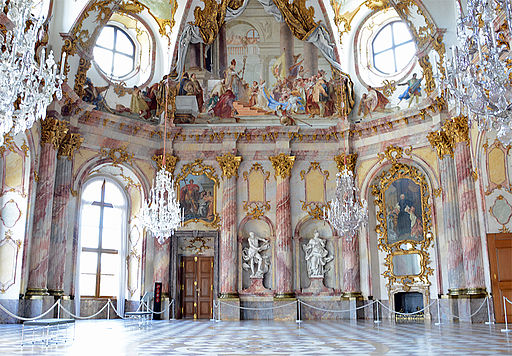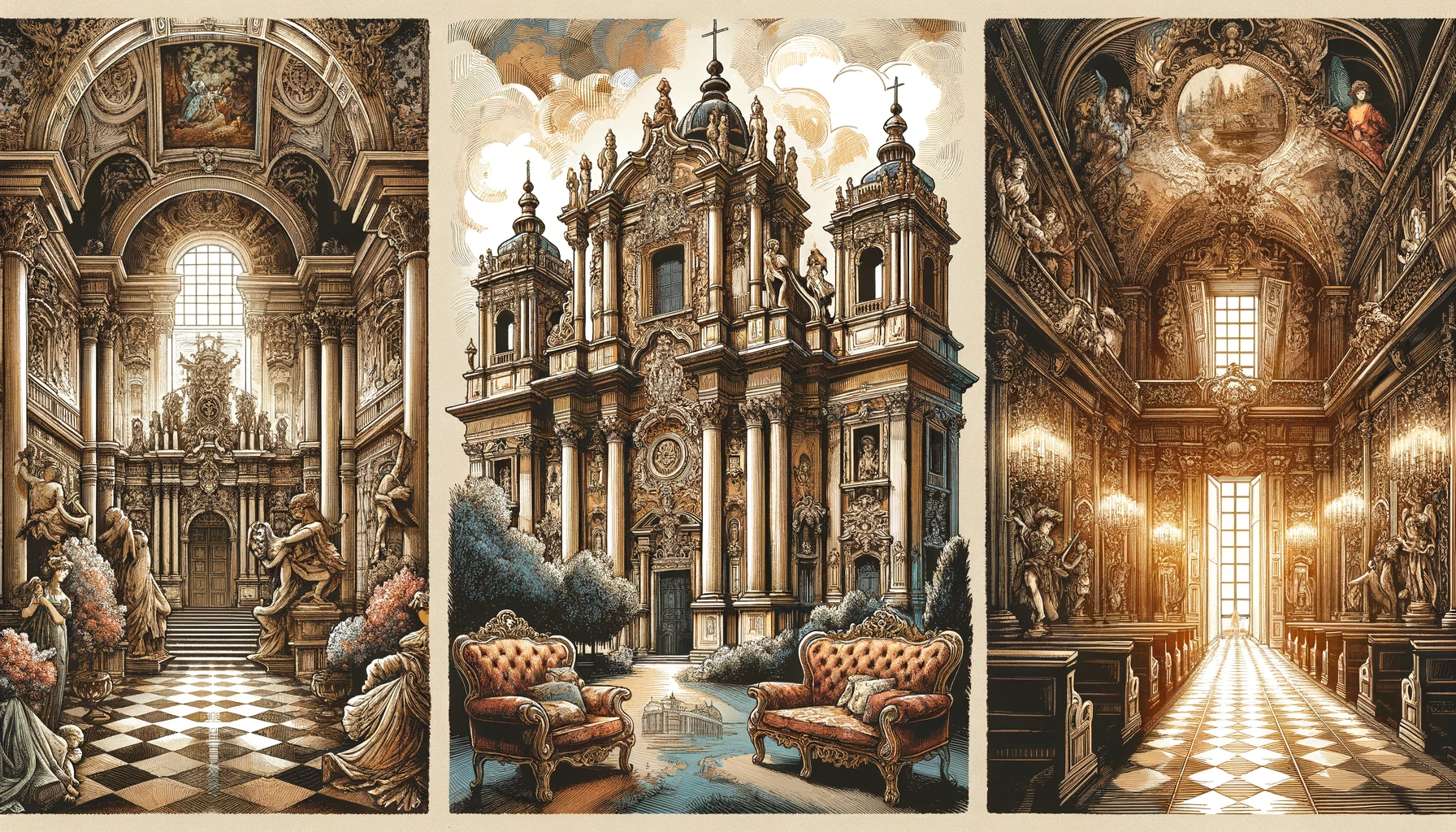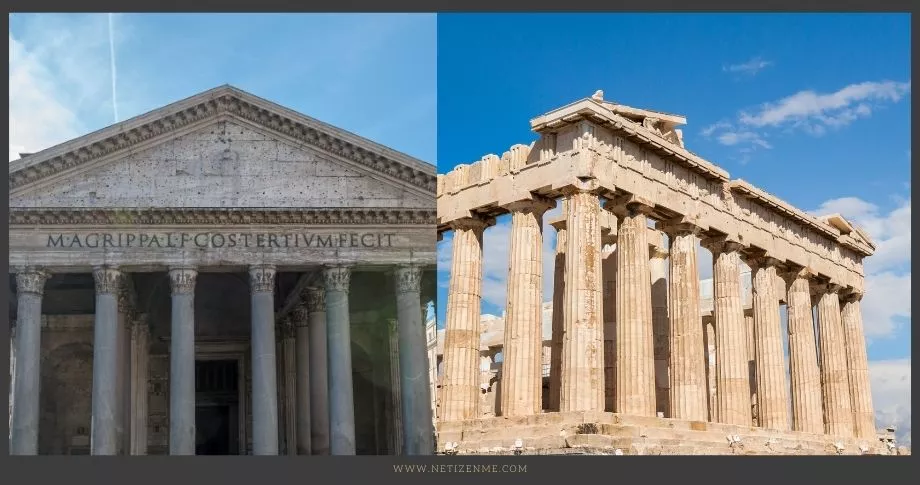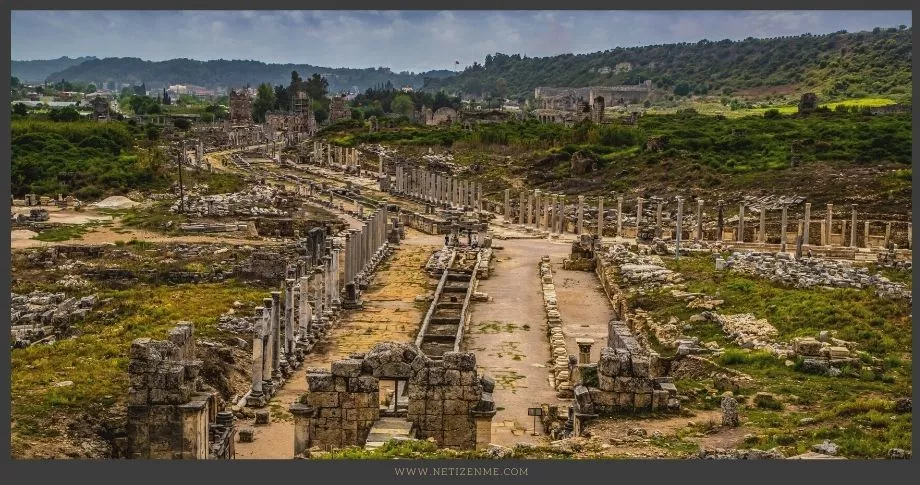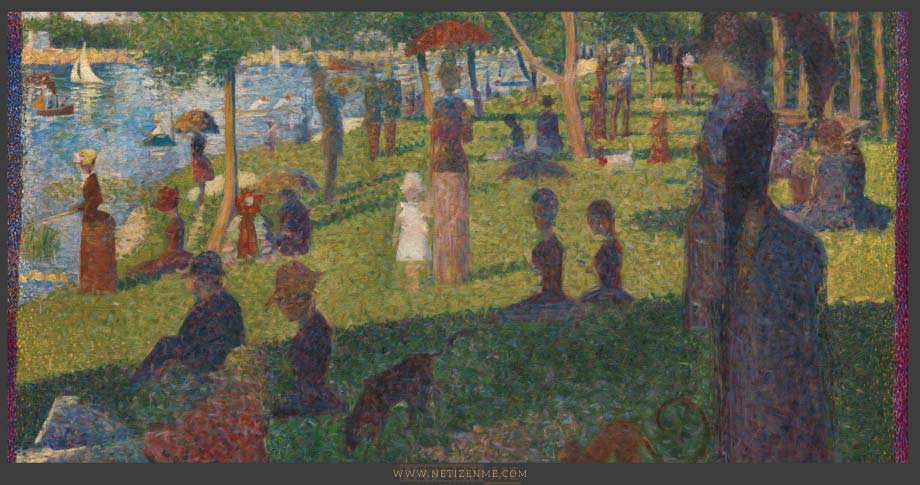The interplay between art and science has been dynamic and enriching throughout history. In particular, the three major stylistic periods of art, the Renaissance, Baroque, and Rococo periods, stand as eloquent testaments to the profound connection between artistic expression and the burgeoning body of scientific knowledge.
Three Major Stylistic Periods of Art
This essay delves into the intricate relationship that binds these two domains, exploring how artists of these eras harnessed scientific understanding to create masterpieces that transcend the boundaries of time. With a focus on key works from each period, we shall unravel how scientific insight found its way into the very fabric of art, shaping the aesthetics and intellectual underpinnings of these movements.
The Renaissance: A Marriage of Art and Science
From the 14th to the 17th century, the Renaissance period was marked by a profound resurgence of knowledge, culture, and art. During this era, the bridges between art and science were strongly established. The visual representation of scientific ideas and concepts became a powerful tool for artists to communicate and integrate their understanding of the world.
Albrecht Dürer’s Melencolia I: A Manifestation of Renaissance Complexity
One of the most striking examples of this interplay is in Albrecht Dürer’s renowned engraving, “Melencolia I.” This intricately detailed work, created in 1514, exemplifies Dürer’s exploration of the link between melancholy and creative genius. Here, Dürer ingeniously incorporates mathematical constructs into the composition. The winged personification of Melancholy sits, surrounded by tools associated with geometry. Notably, she holds a caliper, an emblem of precise measurement. Dürer, in his self-portrait as Melancholy, demonstrates the fusion of artistic and scientific knowledge, a hallmark of Renaissance creativity.
Including these mathematical instruments, symbols of measurement and precision, not only showcases Dürer’s multifaceted thinking but also reflects the broader movement of the Renaissance, which was marked by a surge in scientific subject matter in paintings. It was a time when art became a vessel for exploring and communicating the evolving world of scientific knowledge.
The Baroque: Art and Anatomy in Harmony
Following the Renaissance, the Baroque era was characterized by its dramatic style and theatrical grandeur. It was a period when artists delved deeper into scientific subjects, using their newfound knowledge to create impactful and meticulously detailed works.
Rembrandt’s “Anatomy Lesson of Dr. Nicolaes Tulp”: A Vivid Portrait of Scientific Progress
In painting, the Baroque period witnessed the rise of captivating group portraits that communicated both social status and scientific knowledge. Rembrandt Harmenszoon van Rijn’s “Anatomy Lesson of Dr. Nicolaes Tulp” is a prime example of this trend. Painted in 1632, this masterpiece portrays Dr. Tulp conducting an autopsy alongside a group of surgeons.
Rembrandt’s extraordinary artistic prowess is evident in how he captures the moment with striking realism. The corpse’s dissected arm is unveiled in a way that suggests a significant lesson for the surgeons. In this work, anatomy takes center stage, illustrating how scientific knowledge was employed to create art that conveyed the precision and depth of medical science during the Baroque era.
The Rococo: A Playful Symphony of Art and Science
The Rococo period, known for its ornate and whimsical style, brought forth a different but equally enchanting relationship between art and science. Artists of this era used their expertise to depict the natural world with scientific precision and infuse a sense of charm and elegance into their works.
Canaletto’s “The Entrance to the Grand Canal”: A Scientific Ode to Nature

Canaletto’s “The Entrance to the Grand Canal” represents this relationship between art and science during the Rococo era. Painted with an acute attention to detail, it portrays the Grand Canal in Venice, with gondoliers and passengers navigating the waters.
One of the striking aspects of this painting is Canaletto’s precise rendering of the locale. His use of topography and the meticulous depiction of the scene reflect scientific accuracy. The subtle interplay of colors adds to the overall charm, and the attention to minute details enhances the piece’s beauty.
Like many others from the Rococo period, Canaletto’s work was seen as a tribute to nature. It was a manifestation of the belief that art could be a means to preserve and celebrate the beauty of the natural world. The scientific precision with which he recreated the landscape reveals how artists of the Rococo period sought to harmonize their work with the evolving scientific understanding of their time.
Teaching Through Art: A Legacy for the Ages
While contemporary audiences may often view art primarily for its aesthetic value, the works of artists from the Renaissance, Baroque, and Rococo periods bear testimony to their roles as educators and communicators of scientific knowledge. Their creations bridge the seemingly distinct realms of art and science, revealing the profound impact that scientific understanding had on artistic expression.
From Dürer’s mathematical constructs in the Renaissance to Rembrandt’s precise portrayal of anatomy in the Baroque and Canaletto’s scientific accuracy in the Rococo, these artists laid the foundation for a deeper understanding of the world. Today, high school, university, and college students can draw inspiration from these historic intersections of art and science. The likes of Dürer, Rembrandt, and Canaletto have left us a legacy that serves as a testament to the enduring symbiosis of creativity and knowledge.
Three Major Stylistic Periods of Art – Conclusion
In the annals of history, the artistic movements of the Renaissance, Baroque, and Rococo periods remain iconic for their aesthetic brilliance and their invaluable role in fostering a deeper understanding of the growing body of scientific knowledge. By weaving science into the canvas, these artists have bequeathed to us a timeless legacy that continues to resonate with students and enthusiasts alike. As we marvel at their masterpieces, we are reminded of the profound relationship between art and science, a relationship that continues to shape our perception of the world.
This article is written by:
Our professional writers and editors are passionate about sharing high-quality information and insights with our audience. We conduct diligent research, maintain fact-checking protocols, and prioritize accuracy and integrity to the best of our capacity.
You can cite our articles under the author name "Netizenme"
